Pathology
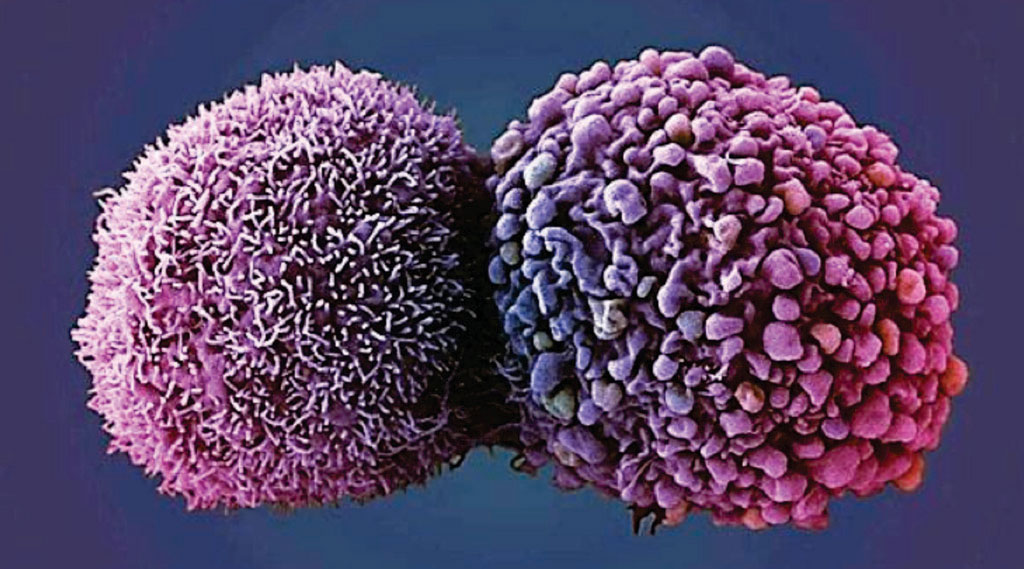
Blood Test Could Predict Best Treatment for Lung Cancer
A blood test could predict how well small-cell lung cancer (SCLC) patients will respond to treatment. In most patients with SCLC, a metastatic, aggressive disease, the condition is initially chemosensitive, but then relapses with acquired chemoresistance. More...09 Dec 2016
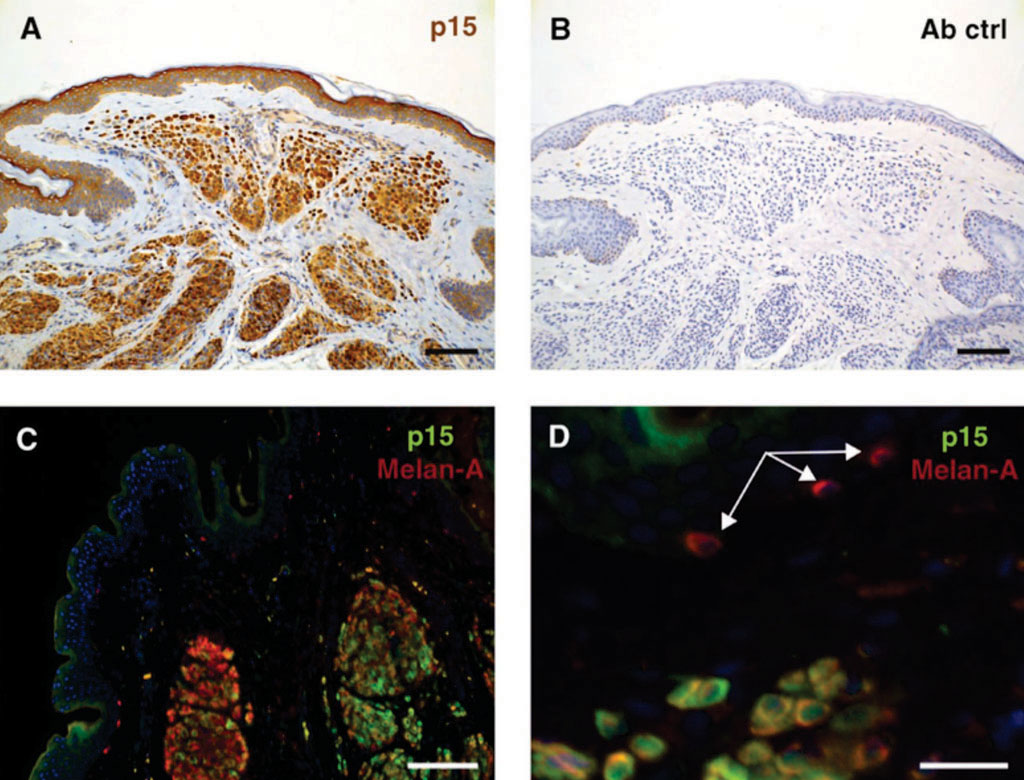
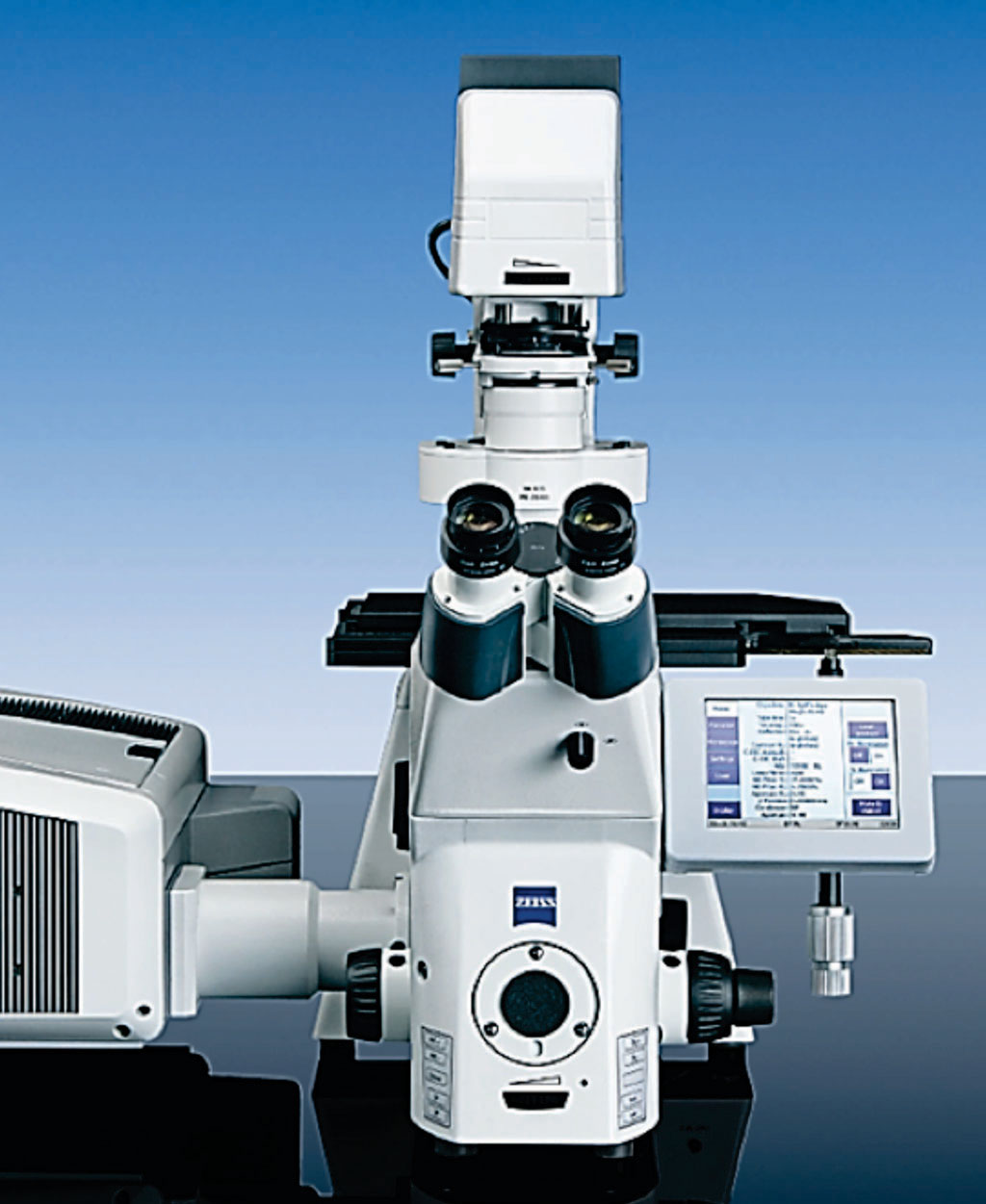
Diagnostic Tool Designed for Familial Mediterranean Fever
A tool has been developed to diagnose Familial Mediterranean Fever (FMF) which is particularly common among populations originating from around Mediterranean Sea and this genetic disease is characterized by inflammation, fever and severe pain. More...08 Dec 2016
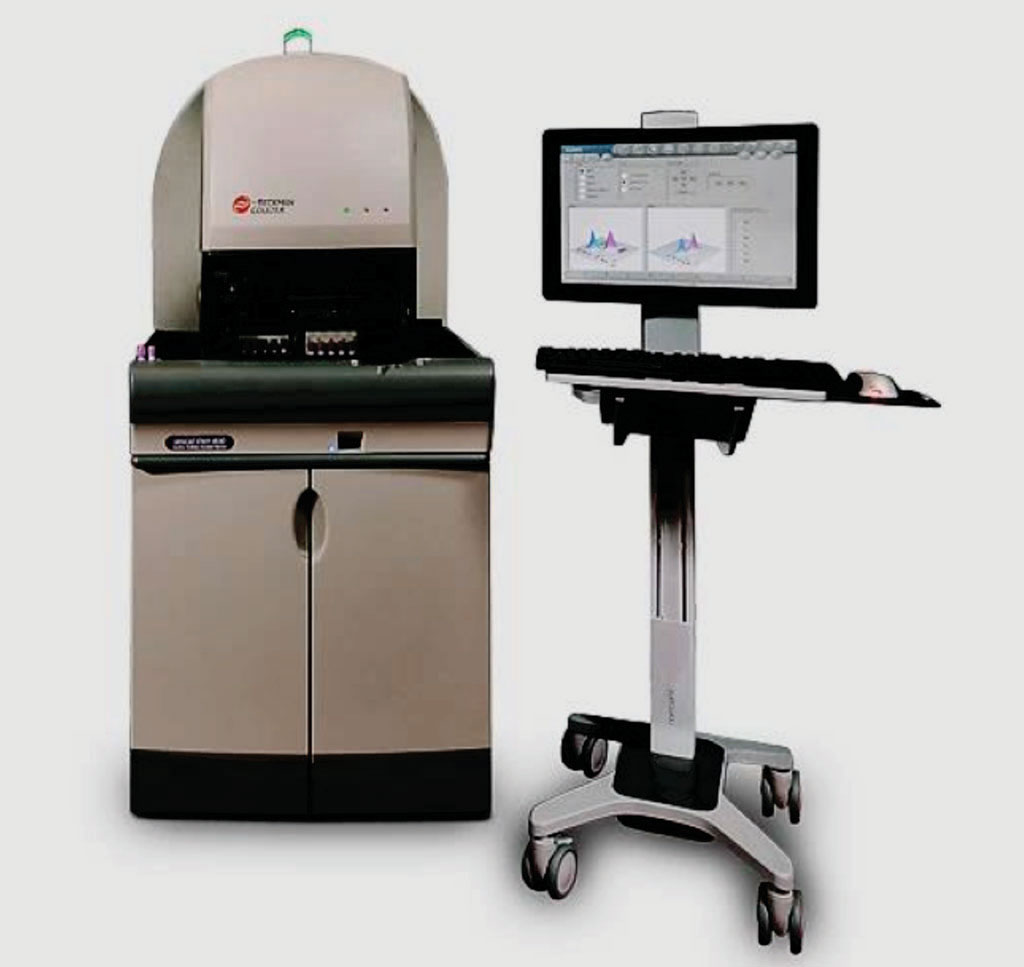
Lab Tests Discriminate Bacterial from Nonbacterial COPD Exacerbations
The discrimination of bacterial from nonbacterial acute exacerbations of chronic obstructive pulmonary disease (AECOPD) is difficult, causing antibiotics overuse and bacterial resistance. Sputum cultures are of limited use because results take time. More...08 Dec 2016
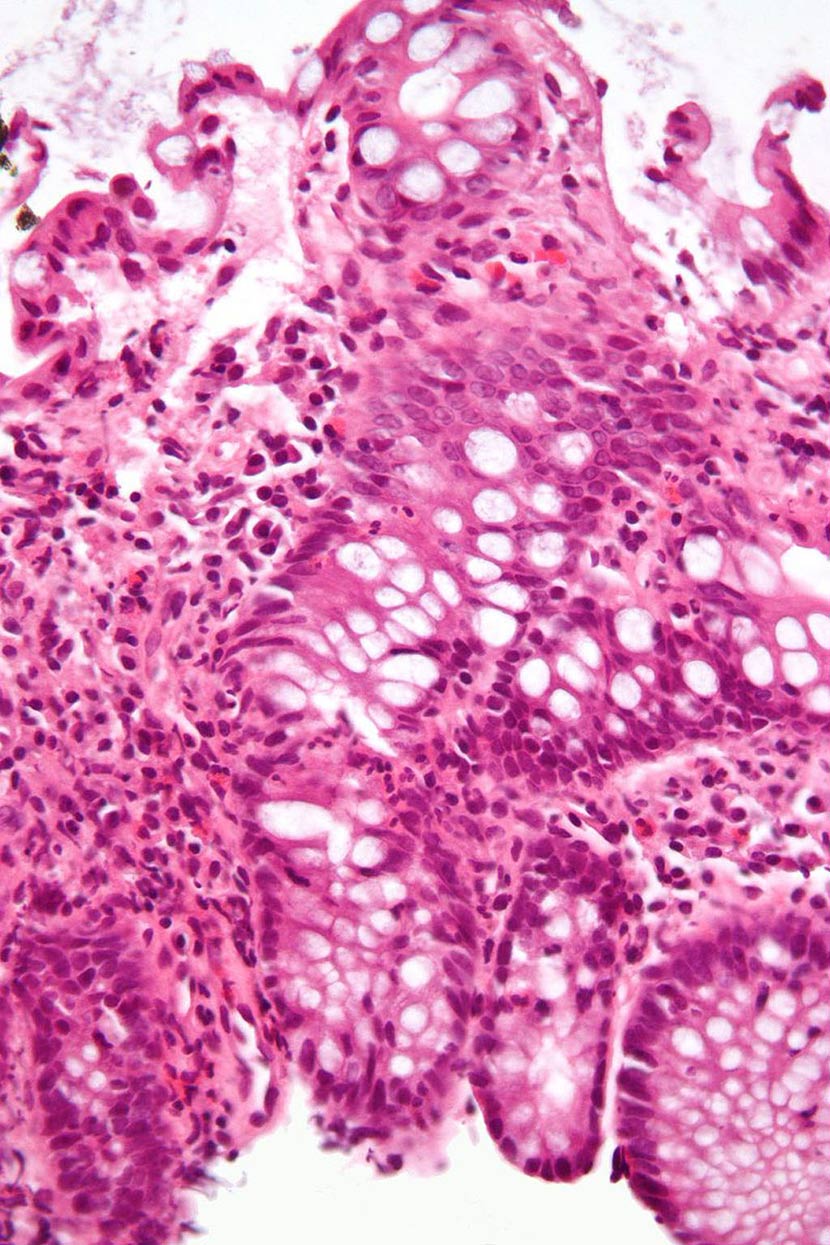

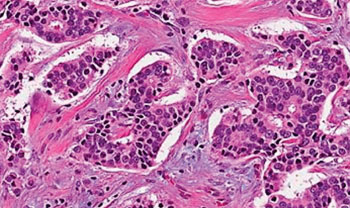
Multiple Biopsies Recommended for Personalized Breast Cancer Treatments
Assessment of somatic mutations is becoming increasingly important for the management of cancer patients, but molecular heterogeneity occurs across many tumors. In breast cancer, there is major interest in the use of pre-surgical studies for assessing the biological effect of therapeutic agents. More...01 Dec 2016
In Other News
Genetic Test Significantly Reduces Risk of Cardiovascular Events
Novel Urine Test Predicts High-Risk Cervical Cancer
Human Papilloma Virus Tests Compared and Evaluated
Biomarker Identified for Aggressive Thyroid Cancer
Tumor Cells in Blood Samples Predict Prostate Cancer Spread
Mild-to-Moderate Hypertriglyceridemia Leads to Acute Pancreatitis
Molecular Signature Identified for Aggressive Brain Tumor
Cytosponge Test Could Replace Uncomfortable Endoscopies
Software Platform Provides Capabilities for Somatic Variation Analysis
Personalized Cancer Diagnostics Based on Circulating Tumor DNA Profiling
Tumor Markers Reveal Lethality of Bladder Cancers
Identification of Gene Defects Helps Prostate Cancer Treatment
Vitamin D Deficiency Predicts Poor Prognosis for IgA Nephropathy
Images Identified for Breast Cancer Cell Histopathology
Reliability Reevaluated for Bladder Cancer Test Prognosis
Early Childhood Screening Helps Prevent Heart Attacks
Cervical Cancer Screening Could Become Less Frequent
New Genetic Factors Linked to HPV-Related Cancers
Collagen Changes Linked to Poor Pancreatic Cancer Prognosis
Ascitic Fluid Lactoferrin Investigated in Liver Cirrhosis Patients
Non-Invasive Assay Improves Surveillance of Solid-Organ Transplants
Blood Test for Colorectal Cancer Recurrence Proves Highly Sensitive
Gene Activity Mapping Points to Two Subtypes of Crohn's Disease
The Pathology channel details advances in the field of Surgical Pathology and all its subspecialties, including Cytopathology and its subspecialties.







 Analyzer.jpg)



